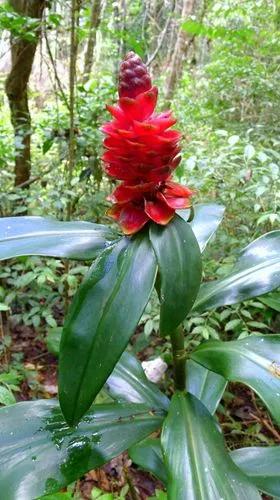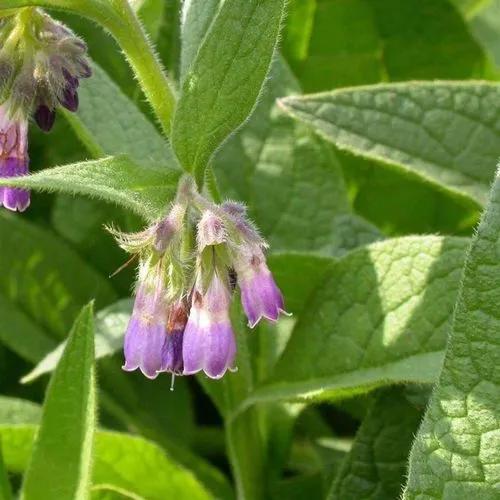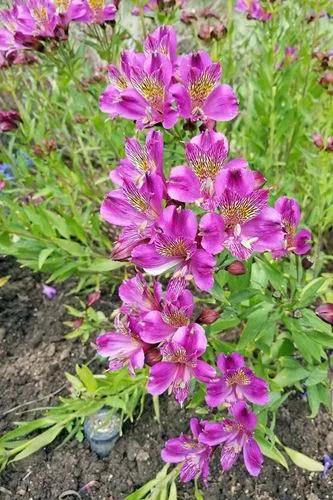Aconitum degenii is a tall spindly erect to scandent forb which is perennial from rhizomes. It has divided leaves. The flowering period extends primarily from July to September. The inflorescence is paniculate and branched. These herbaceous perennial plants are chiefly native to the mountainous parts of the Northern Hemisphere in North America, Europe, and Asia; growing in the moisture-retentive but well-draining soils of mountain meadows. Most species are extremely poisonous and must be dealt with very carefully.
Monks Cap Care
Aconitum Paniculatum



How to Care for the Plant

Water

Water deeply, when necessary.

Pruning

You should always wear gloves when handling Monkshood. Deadhead the flowers after blooming to encourage additional blooms to form. After it has finished flowering, you can also cut azure monkshood back by half to encourage the production of more flowers. When flowering is finished for the season, cut plants back to the first set of leaves at the base of the stems.

Sunlight

Full sun, partial shade.

Soil

Grow in well-drained, moderately fertile soil in a sheltered, sunny site. Protect in winter in cold areas.

Temperature

Ideal temperatures should be approximately 65-75ºF + (18-24ºC +), closer to 70ºF is best.

Container

Plastic pots are the most commonly used pots. They are lightweight, relatively inexpensive, long lasting and work well for nearly all begonias. Watering and sizing correctly are the main problems with plastic pots. Unlike the other three pot types which are porous, plastic pots are not and hold water much longer.

Additional

All parts of the plant are toxic, but the roots, seeds and preflowering leaves are especially toxic. Although there is no extensive documentation of the toxic dose of monkshood, horses have been reported to be fatally poisoned after eating 0.075% of their body weight in green plant.

Popularity

13 people already have this plant 7 people have added this plant to their wishlists
Discover more plants with the list below
Popular articles






